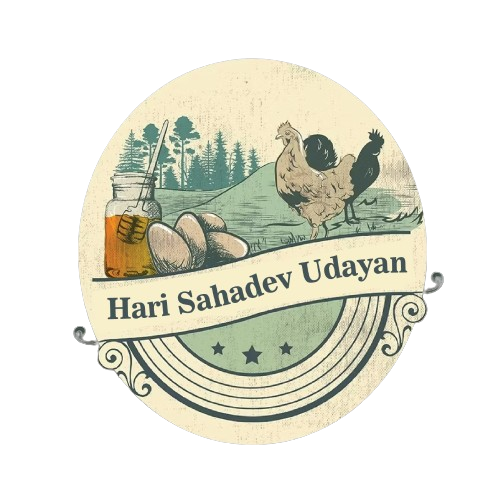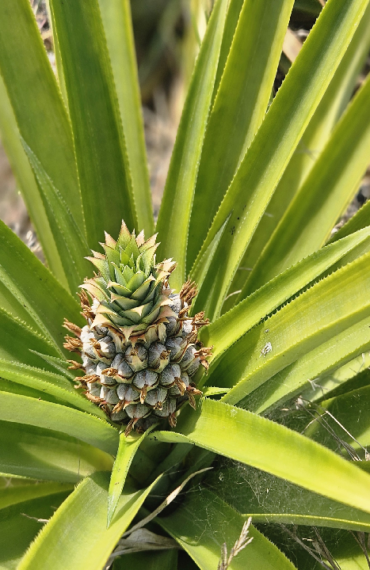
Organic Solutions
An organic solution refers to a sustainable and environmentally friendly approach to addressing agricultural challenges, such as pest management, soil fertility, and weed control, without relying on synthetic chemicals or genetically modified organisms (GMOs). Organic solutions prioritize ecological principles, biodiversity conservation, and soil health to promote sustainable agriculture. Here’s an overview of organic solutions and some of the challenges they face:
Types of Organic Solutions:
Biological Control: Organic farmers use biological control methods to manage pests and diseases by promoting natural enemies of pests, such as predators, parasitoids, and pathogens. This may involve releasing beneficial insects, conserving natural habitats, and employing biopesticides derived from naturally occurring organisms, such as bacteria, fungi, and botanical extracts.
Cultural Practices: Organic farming relies on cultural practices to prevent and control pests, diseases, and weeds. Crop rotation, intercropping, and polyculture promote biodiversity, disrupt pest cycles, and suppress weed growth. Mulching, cover cropping, and soil conservation practices improve soil health, moisture retention, and weed suppression.
Mechanical Control: Mechanical control methods involve physically removing pests, weeds, or diseased plants using tools and equipment. This may include hand weeding, hoeing, mowing, and mechanical cultivation to manage weed populations and reduce competition with crops. Physical barriers, such as row covers and traps, can also be used to exclude pests and protect crops.
Organic Inputs: Organic farmers use natural inputs such as compost, manure, and organic amendments to enhance soil fertility, nutrient cycling, and plant health. These inputs provide essential nutrients, improve soil structure, and stimulate microbial activity, promoting healthy plant growth and resilience to stress.
Crop Selection and Breeding: Organic farmers select crop varieties and breeds adapted to organic farming conditions, such as disease resistance, pest tolerance, and environmental resilience. Open-pollinated and heirloom varieties are favored for their genetic diversity, adaptability, and suitability to organic production systems.
Challenges Facing Organic Solutions:
Pest and Disease Management: Organic farmers face challenges in managing pests and diseases without relying on synthetic pesticides and chemicals. Biological control methods may be less effective or slower acting than conventional pesticides, requiring careful monitoring and integrated pest management (IPM) strategies to maintain crop health and productivity.
Weed Control: Organic weed management can be labor-intensive and challenging due to limited options for chemical weed control. Mechanical and cultural methods may be less effective at controlling weeds, particularly in large-scale farming systems, requiring innovative approaches and long-term strategies for weed suppression.
Market Access and Certification: Organic farmers must comply with strict organic standards and certification requirements to market their products as organic. Certification involves documentation, inspections, and compliance with organic farming practices, which can be costly and time-consuming for farmers, especially small-scale producers. Market access may be limited by certification barriers, market competition, and consumer demand for organic products.
Research and Innovation: Organic farming relies on scientific research, innovation, and knowledge generation to develop effective organic solutions and address agricultural challenges. However, funding for organic research may be limited compared to conventional agriculture, and mainstream agricultural research often prioritizes input-intensive approaches over organic practices. Investment in organic research, extension services, and farmer education is needed to advance organic solutions and promote sustainable agriculture.





